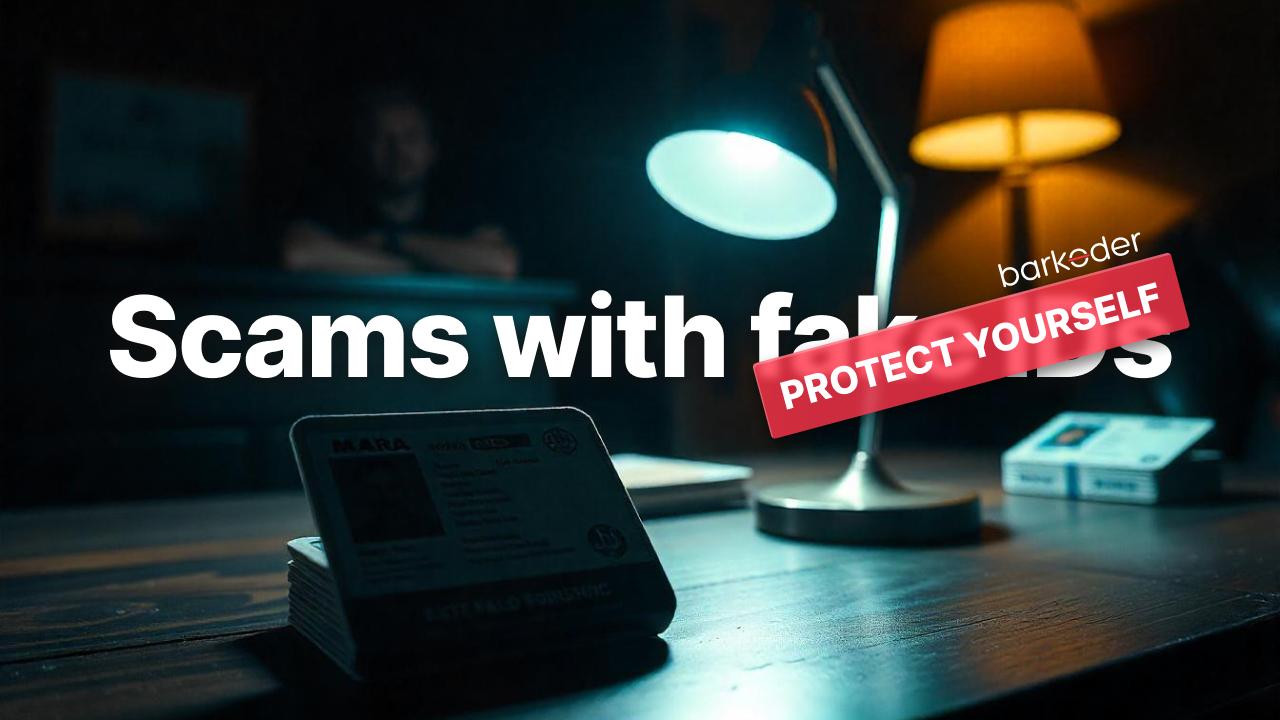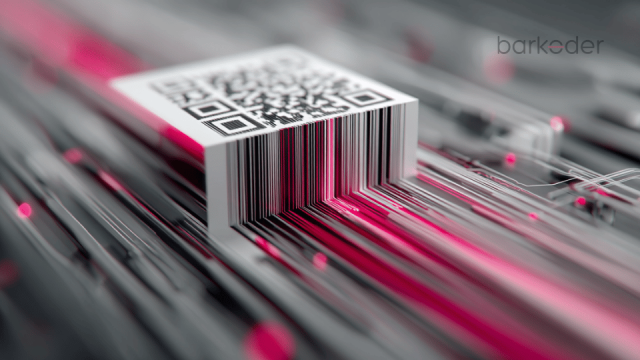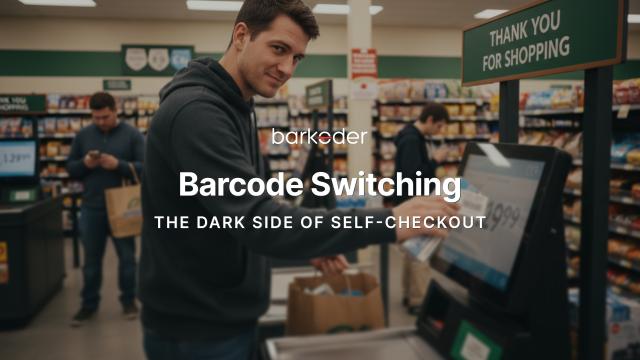
Protect Yourself from Scams with Fake IDs
Origins of fake IDs in the Prohibition Era - A brief history
The history of fake IDs dates back to the early 20th century, with their origins closely tied to significant social and legal changes in the United States.
The roots of fake IDs can be traced to the Prohibition era of the 1920s. When the Eighteenth Amendment banned alcohol in 1917, it inadvertently sparked a surge in counterfeit identification. As speakeasies proliferated in major cities, patrons sought false identification to gain access to these underground establishments and circumvent alcohol restrictions. During this period, underground networks of skilled forgers emerged, creating convincing fake documents that mimicked genuine IDs.
The lack of standardized identification and limited verification methods at the time made it relatively easy for counterfeiters to produce credible fakes.
Evolution and Expanding Uses
As the years progressed, the demand for fake IDs evolved alongside changing laws and societal norms:
- Post-Prohibition: After the repeal of Prohibition, the need for fake IDs shifted to other purposes, particularly as age restrictions were placed on various activities.
- 1970s-1980s: The demand for fake IDs surged among college students and young adults, primarily to access age-restricted venues and activities according to Veriff.
- 1984 Turning Point: The National Minimum Drinking Age Act of 1984 significantly impacted fake ID usage by raising the legal drinking age to 21 across the United States - Atlasobscura.
Technological Advancements
The methods for creating and detecting fake IDs have continuously evolved:
- Early techniques involved simple alterations of genuine documents or borrowing IDs from others.
- Advancements in printing technology allowed for more sophisticated forgeries.
- The digital era brought new challenges, with counterfeiters leveraging software and high-quality printers to produce convincing fakes.
- Modern fake IDs often include features like scannable barcodes and holograms, making them increasingly difficult to detect.
Current Landscape & Consequences and Risks.
Today, fake IDs remain a significant issue:
- They are particularly prevalent among college-age individuals, with estimates suggesting that 32.2% of college students have owned a fake ID.
- The internet has facilitated the production and distribution of fake IDs, with some online services claiming to use AI for generating counterfeit documents.
- Fake IDs are now used not only for underage drinking but also for identity theft, fraud, and other criminal activities.
- According to Milwaukee-Criminal Lawyer In Wisconsin, individuals caught with a fake ID can face fines between $300 and $1,250, loss of driving privileges, and community service.
As fake ID technology continues to advance, so do the methods for detecting them, creating an ongoing cat-and-mouse game between counterfeiters and authorities.
Despite ongoing efforts to combat fake ID use, it remains a persistent issue in 2025, driven by technological advancements and the continued demand among young adults for access to age-restricted products and venues.
Scanners play a crucial role in the verification of identity documents through the use of scanning technology.
In today's digital age, the importance of accurate and efficient identity verification cannot be overstated. As businesses and organizations strive to protect themselves from fraud and comply with increasingly stringent regulations, scanning technology has emerged as a game-changer in the world of identity document verification. Gone are the days of manual document checks and time-consuming data entry.
Modern scanning technology has revolutionized the way we approach identity verification, offering a host of benefits that make the process faster, more accurate, and more secure than ever before. At the heart of this technological revolution is Optical Character Recognition (OCR). This powerful tool allows for the rapid extraction of data from identity documents, transforming physical information into digital format in mere seconds. With OCR, businesses can process passports, driver's licenses, and ID cards with unprecedented speed and accuracy, reducing the risk of human error and dramatically improving efficiency.
But OCR is just the beginning. Today's advanced scanning systems go far beyond simple text recognition. They incorporate sophisticated algorithms that can detect subtle signs of document tampering or forgery, analyze security features like holograms and watermarks, and even perform real-time cross-checks against global databases.
BarKoder’s MRZ Scanner scanning solutions
BarKoder’s MRZ Scanner provides the fastest, most accurate scanning of Machine Readable Zone (MRZ) data directly from passports, ID cards, and travel documents, ensuring streamlined, reliable identity verification. With its easy integration and seamless setup, it allows developers to quickly embed MRZ scanning functionality across iOS and Android platforms without extensive configuration One particular area of growing interest is the MRZ (Machine Readable Zone) scanning, typically used in passports and identity documents.
For more information about the SDK, please take a look at this blog barKoder MRZ scanning performance against other barcode scanner sdks
You can obtain the latest barKoder SDK from our download page and refer to our documentation for instructions on enabling MRZ Scanning Mode. Here's a more detailed guide:
Obtaining the Latest barKoder SDK
- Visit the official barKoder website (barkoder.com)
- Navigate to the download section
- Select the appropriate SDK version for your platform (iOS, Android, Flutter, React Native, WASM, etc.)
- Download the SDK package
- To learn more about how to integrate the SDK, please review the documentation
- We're here to help via our Ticketing System barKoder Developer Portal
What Happens If You Try To Buy FAKE ID On The Internet? Here is a video from Atomic Shrimp that you might find interesting






